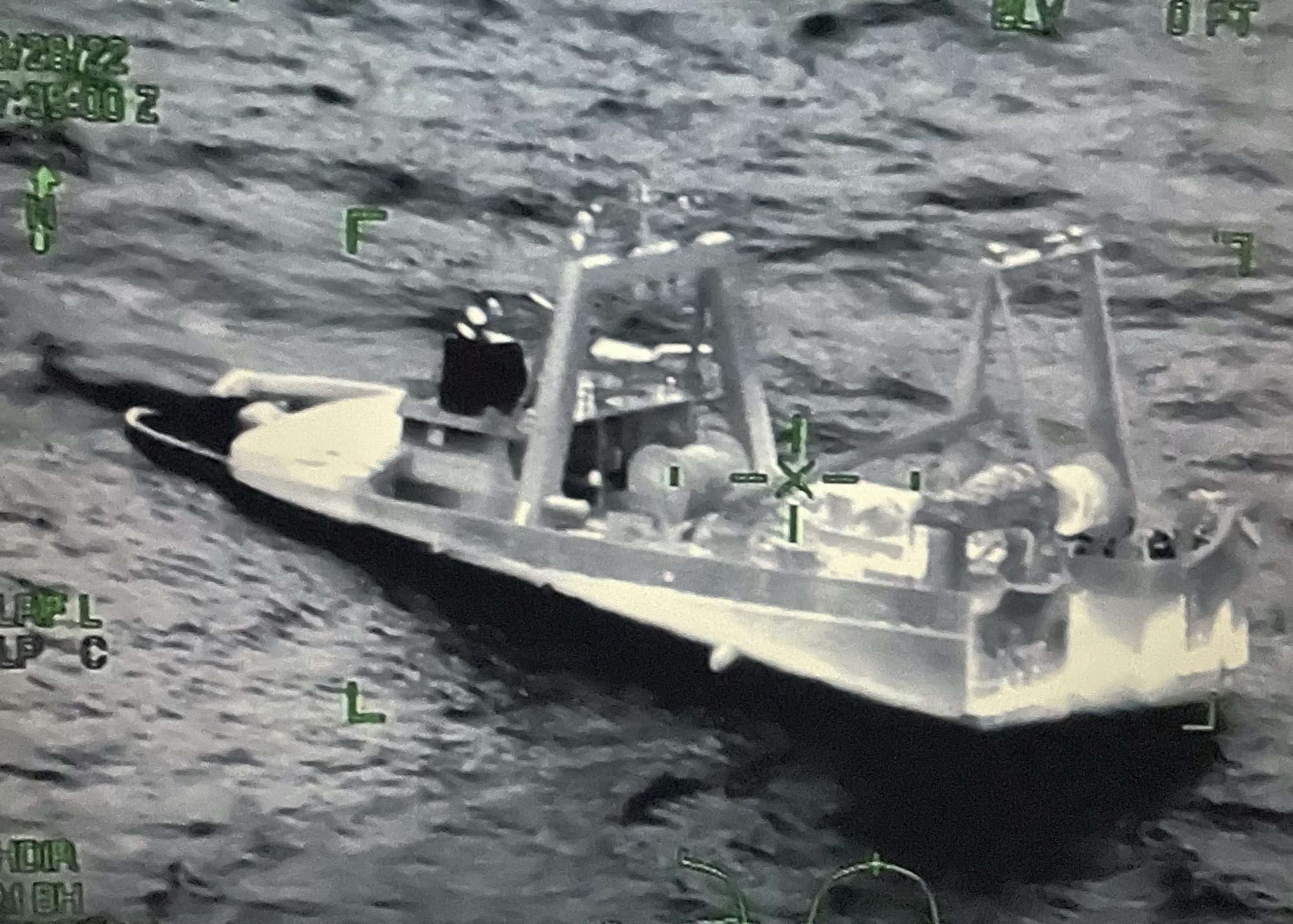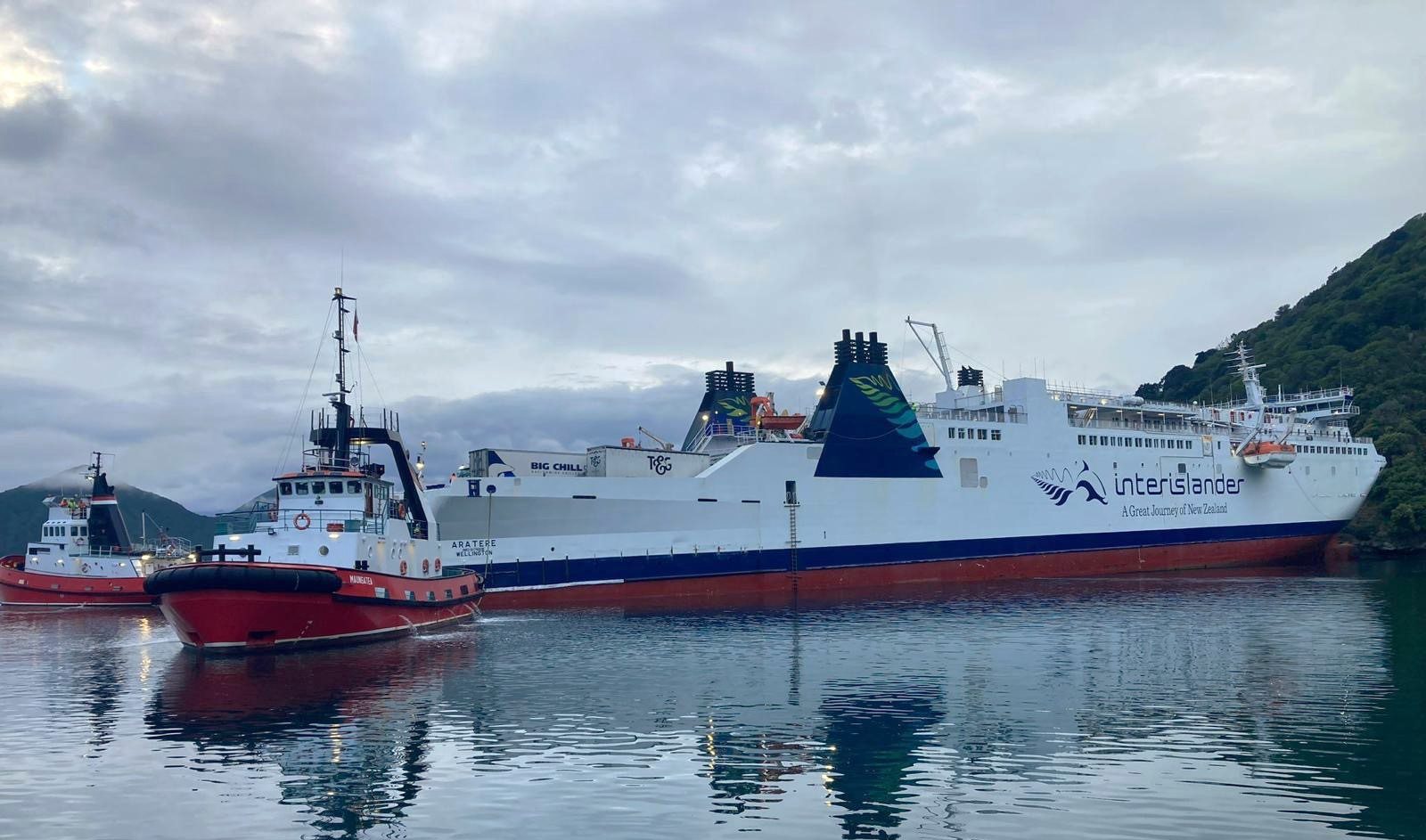A fishing vessel mate’s failure to maintain a proper lookout and conducting maintenance on critical equipment while underway led to his vessel’s collision with a containership, the National Transportation Safety Board said Wednesday.
The incident took place on October 28, 2022 in the Atlantic Ocean approximately 63 miles southeast of Chincoteague, Virginia. According to the NTSB report, the containership, MSC Rita, was heading southbound while the fishing vessel, Tremont, was traveling north-northeast in the same area. The Tremont initially passed ahead of the MSC Rita but suddenly made a turn back towards the containership, leading to the collision. The impact caused hull damage to the Tremont, which eventually sank.
No injuries were reported, but damage to the vessels was estimated at $6.25 million.
During the investigation, the mate on board the Tremont admitted to attempting to fix the vessel’s gyrocompass while the autopilot was engaged. The autopilot relied on heading feedback from the gyrocompass and required input from the user to set the desired course. As the mate adjusted the gyrocompass, the autopilot processed the feedback, resulting in the vessel turning towards the MSC Rita.
The NTSB report highlighted the importance of managing simultaneous operations and identified it as a contributing factor to the collision.
“Simultaneous operations, often referred to in safety management systems, is a situation where two or more operations occur in the same place at the same time and may interfere with each other. Managing simultaneous operations is an essential element of safety management and safe vessel operation. Before beginning work, mariners should identify hazards associated with working on one piece of equipment that may affect another, such as sensors feeding information to other equipment, and manage those risks to avoid unsafe conditions,” the NTSB report said.
The NTSB report also emphasized the use of digital selective calling (DSC) on modern VHF radios to communicate distress signals effectively. The Tremont captain used VHF to signal distress, but due to the vessel’s distance from the nearest Coast Guard station, the distress call was weak. Utilizing VHF-DSC can alert search and rescue authorities and nearby vessels while providing the vessel’s position automatically.
Fortunately, all 13 individuals aboard the Tremont were safely rescued by good samaritan vessels and a Coast Guard helicopter.
You can access the report here: Marine Investigation Report 23-27

 Join The Club
Join The Club











